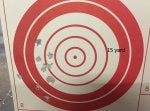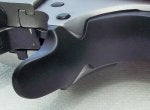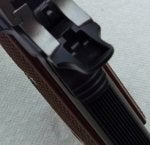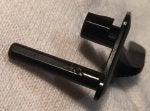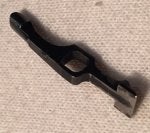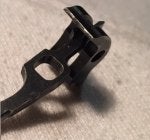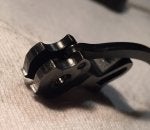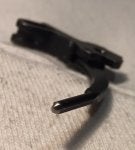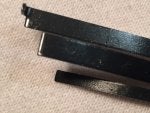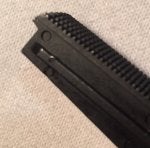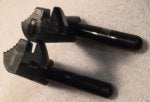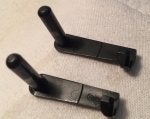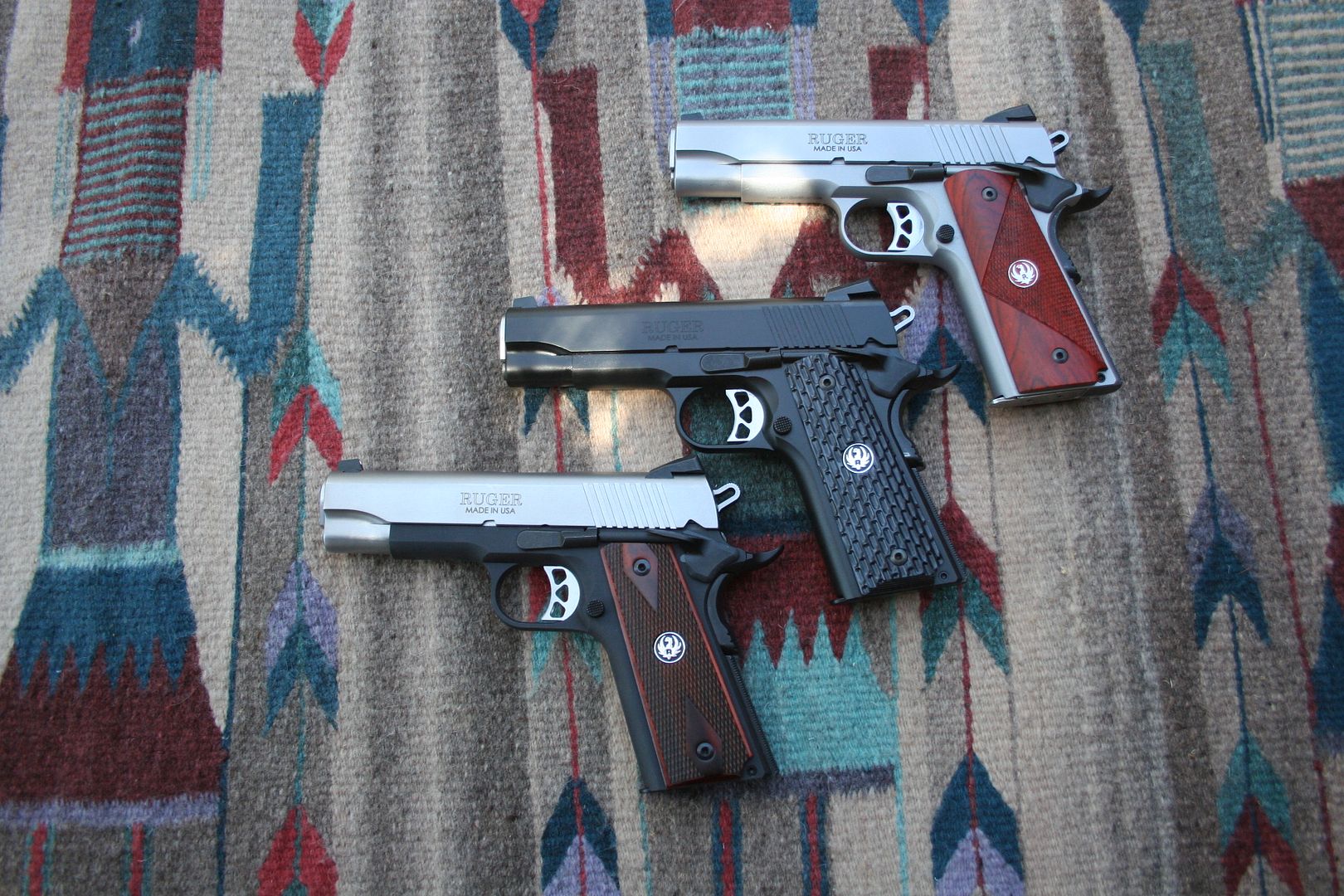Ruger SR1911CMD....Commander. long
I recently acquired this Ruger SR1911CMD[/B]. Thought members might like a review of it. I don’t care much for shorter than Government length 1911’s. I stopped in at a local gunshop to do paperwork on another pistol when I saw this Ruger SR1911 CMD, new, in the display case and asked to see it. After handling it, examining it, and observing the production nature of it, I liked it. “Pretty good”, I thought. Then I bought it. I picked it up after the Maryland 7 day wait and made a quick trip to the range, as bought. I was excited to shoot this pistol. I’ll post pics of what I did to get the bugs out of the pistol without major work, rebarreling or parts replacement. I have built several 1911’s so I didn’t want to get into a complete build or close to one. My goal was to keep the pistol as close to as produced as possible with improvement the operable word. Only three parts were replaced to get this pistol to that configuration. Original parts are bagged and in the Ruger shipping box.
Pictured is the pistol after the few improvements were made.
I recently acquired this Ruger SR1911CMD[/B]. Thought members might like a review of it. I don’t care much for shorter than Government length 1911’s. I stopped in at a local gunshop to do paperwork on another pistol when I saw this Ruger SR1911 CMD, new, in the display case and asked to see it. After handling it, examining it, and observing the production nature of it, I liked it. “Pretty good”, I thought. Then I bought it. I picked it up after the Maryland 7 day wait and made a quick trip to the range, as bought. I was excited to shoot this pistol. I’ll post pics of what I did to get the bugs out of the pistol without major work, rebarreling or parts replacement. I have built several 1911’s so I didn’t want to get into a complete build or close to one. My goal was to keep the pistol as close to as produced as possible with improvement the operable word. Only three parts were replaced to get this pistol to that configuration. Original parts are bagged and in the Ruger shipping box.
Pictured is the pistol after the few improvements were made.



